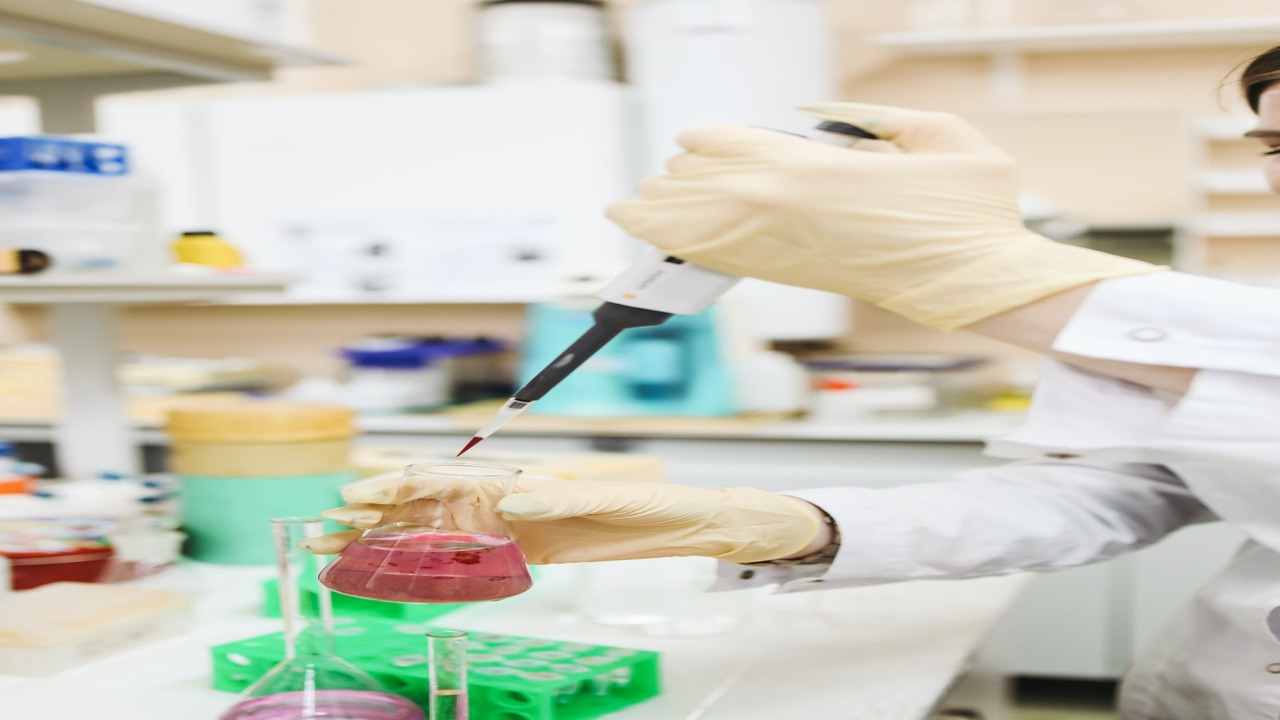Health, India (Commonwealth Union) – Scientists from the Indian Institute of Science (IISc), in collaboration with NCBS and InStem, have unveiled a crucial mechanism facilitating the prolonged persistence of the tuberculosis (TB) bacterium within the human host. The research highlights the significance of a specific gene associated with the production of iron-sulphur clusters, suggesting its pivotal role in the TB bacterium’s ability to endure over decades. Published in Science Advances, the study sheds light on the elusive nature of Mycobacterium tuberculosis (Mtb), the bacterium responsible for TB, which can remain asymptomatic in the human body for extended periods.
Mtb relies on the human host for its survival, and in many instances, the immune system can detect and eliminate the bacterium. Mayashree Das, the first author and a PhD student at the Department of Microbiology and Cell Biology (MCB) at IISc, explains that during Mtb infection, the immune system can effectively clear out the pathogen. However, in asymptomatic individuals, Mtb strategically conceals itself within oxygen-deprived niches deep in the lungs, entering a dormant state characterized by metabolic inactivity and lack of division. This dormancy allows the bacterium to evade detection by the immune system and conventional TB drugs.
“Due to persistence, there is a bacterial reservoir in a subset of the human population at any point which can reactivate and cause infection. Unless we understand persistence, we will not be able to eradicate TB,” explained Amit Singh, Associate Professor from the MCB, who is also corresponding author of the study.
Singh’s research team cultivated Mycobacterium tuberculosis (Mtb) in liquid cultures, incorporating specific supplements crucial for its growth within the state-of-the-art Bio Safety Level-3 facility at the Center for Infectious Disease Research (CIDR) at IISc. Within Mtb, numerous proteins rely on iron-sulphur clusters for their functionality. These clusters, composed of organized iron and sulphur atoms in diverse configurations such as chains or cuboids, play a pivotal role. The iron atoms within these clusters facilitate the transfer of electrons from one site of a protein complex to another during cellular reactions, including processes like respiration and carbon metabolism.
“The iron-sulphur cluster-containing proteins are important for essential processes such as energy production by respiration, enabling the bacteria to survive harsh conditions of the lungs and causing infection. So, we wanted to study the mechanisms that Mtb uses to build these iron-sulphur clusters,” said Singh.
The primary source of iron-sulphur clusters in Mtb is the SUF operon, a cluster of genes that are simultaneously activated. Nevertheless, there exists a lone gene, IscS, which also has the capability to generate these clusters. The question arose for researchers as to why does the bacterium possess both mechanisms?
To unravel this enigma, scientists engineered a mutant strain of Mtb devoid of the IscS gene. Their findings revealed that, under typical and oxygen-depleted conditions, iron-sulphur clusters are predominantly produced through the IscS gene. However, when the bacterium encounters heightened oxidative stress, the iron components within the clusters undergo oxidation and are released, causing damage. Consequently, there arises an augmented need for cluster production, triggering the activation of the SUF operon.
In delving into the contribution of the IscS gene to disease progression, the researchers infected mice models with the IscS-deficient mutant Mtb. Strikingly, the absence of the IscS gene resulted in severe illness in the infected mice, in contrast to the persistent, chronic infection typically observed in TB patients. This outcome is attributed to the heightened and unregulated activation of the SUF operon in the absence of the IscS gene, leading to hypervirulence. Notably, depleting both IscS and the SUF system significantly diminished the persistence of Mtb in mice. Consequently, the study concludes that the IscS gene serves to restrain the activation of the SUF operon, fostering persistence in TB.








